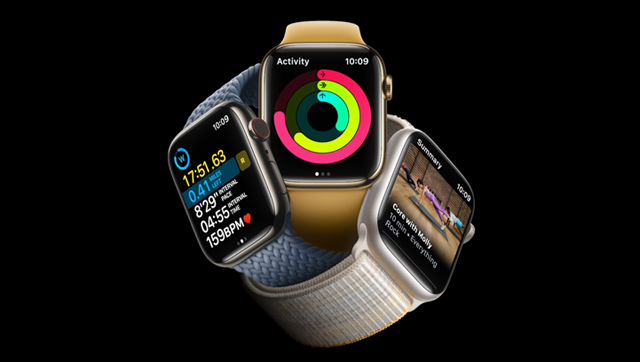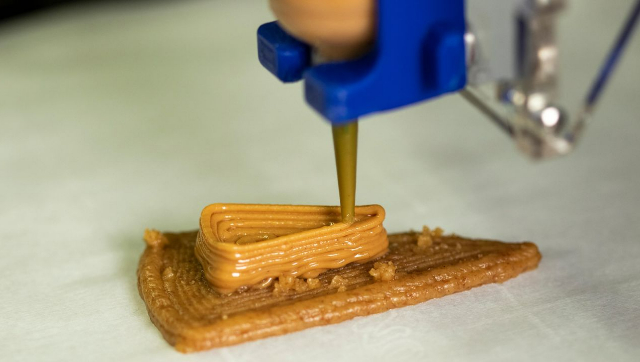A team of researchers from the Georgia Institute of Technology in the US, the Singapore University of Technology and Design and the in China have collaborated to develop a 3D printing technique that allows objects to permanently change shape as a response to the application of heat. The technique uses layers of shape memory polymers, with the layers designed to respond differently to heat.
Martin L. Dunn a professor at Singapore University of Technology and Design said “The key advance of this work is a 4D printing method that is dramatically simplified and allows the creation of high-resolution complex 3D reprogrammable products. It promises to enable myriad applications across biomedical devices, 3D electronics, and consumer products. It even opens the door to a new paradigm in product design, where components are designed from the onset to inhabit multiple configurations during service.”
Zhen Ding, a researcher at Singapore University of Technology and Design said “We use computational simulations to design composite components where the stiff material has a shape and size that prevents the release of the programmed internal stress from the soft material after 3D printing. Upon heating the stiff material softens and allows the soft material to release its stress and this results in a change – often dramatic – in the product shape.”
The process is called 4D printing as the objects can transform once they have been 3D printed. The research could be used for creating objects with two states, a contracted one for shipping, and an expanded one for regular use. The new technique also has potential applications for robotics, architecture, medical devices and toys. The research was published in the journal Science Advances.


)




)
)
)
)
)
)
)
)